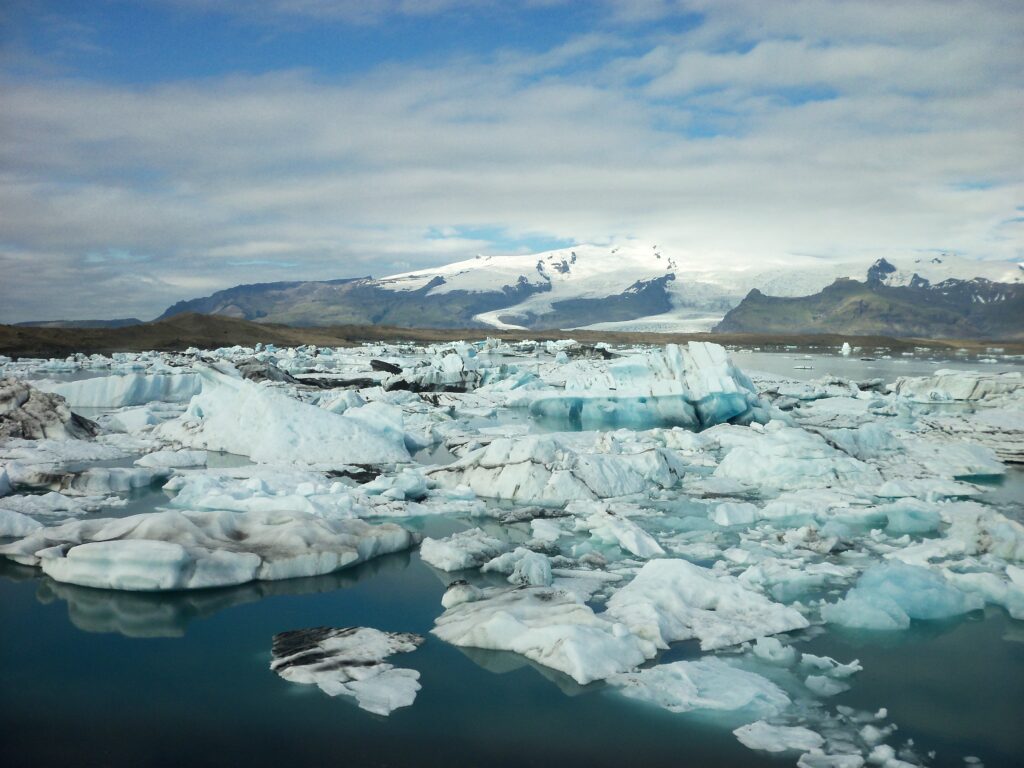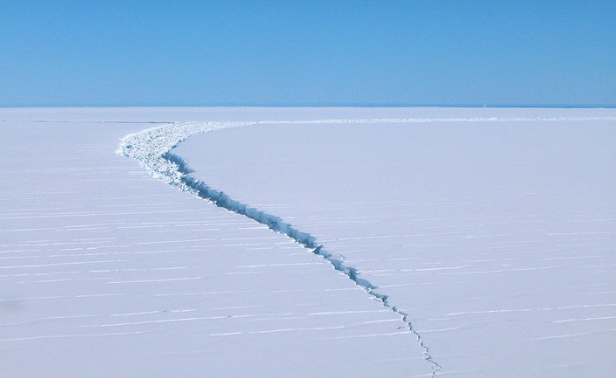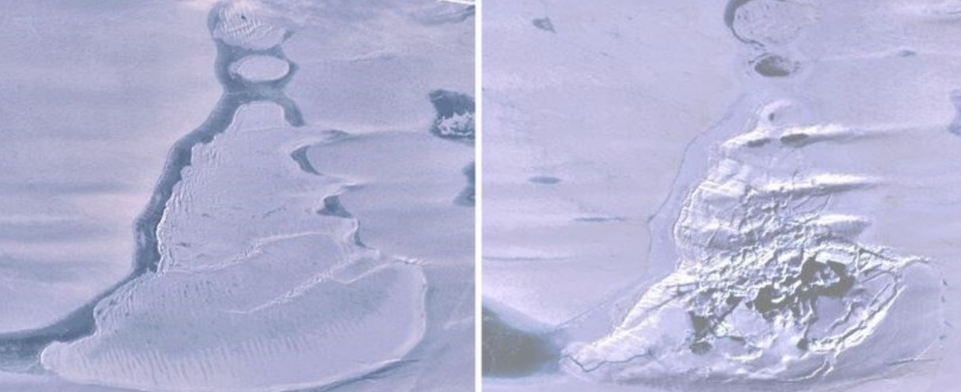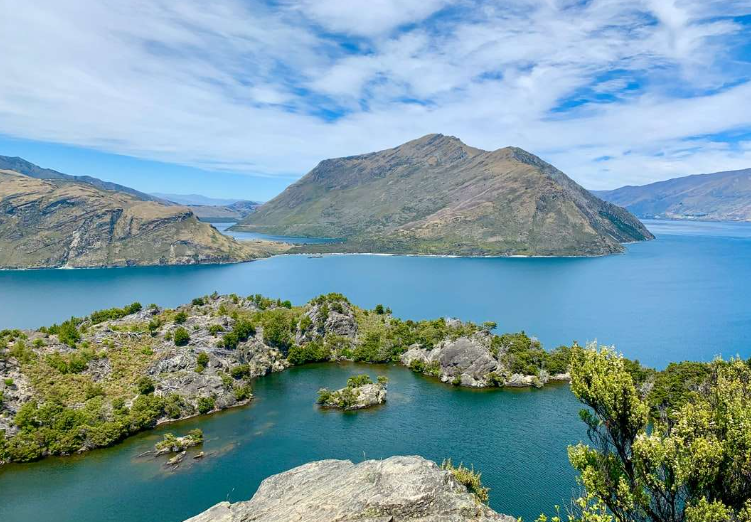Satellites show how a huge lake in Antarctica disappeared in days

A large, deep, ice-covered lake has rapidly disappeared on the surface of an ice shelf in Antarctica, so far it is a mystery what happened, but it is believed that it may have been due to the weight of the water itself.
This rare event occurred during the 2019 Antarctic winter on the Amery Ice Shelf in East Antarctica, and an estimated 600 to 750 million cubic meters of water, roughly twice the volume of San Diego Bay, was lost to the ocean.
The study authors used images from a radar satellite that can see during the polar night to pin the time of the event to a week or less in June. After the drainage, instead of the lake, there was a crater-shaped depression on the surface of the ice shelf, covering about eleven square kilometers. This surface depression, known as an ice sinkhole, contained the fractured remnants of the ice sheet.

In recent decades, with rising air temperatures, some ice shelves have experienced increased surface melt, and the latest model projections for future warming show that trend is continuing and creating more melt lakes. This increases the risk of widespread hydrofracturing, which could cause ice shelves to collapse, allowing more rapid discharge of ice from grounded ice sheets and rising sea levels.
The amount of water lost to the ocean was calculated using the volume of the cavity and the extent of the uplift. Although the Amery Ice Shelf has many melt lakes and streams in the austral summer, the amount of water lost when the lake drained was many times greater than the annual meltwater input. The elevation of the lake created a new lake from a shallow arm of the original. During the following snowmelt season, this lake filled in a few days to over a million cubic meters per day and overflowed into the sinkhole cavity.

The authors say it’s too early to conclude that the drainage of this meltwater lake was linked to broader trends like the warming climate around Antarctica. The hydrofracturing process has been implicated in the collapse of smaller ice shelves on the Antarctic Peninsula, where meltwater forms on the surface of ice shelves during the austral summer, but is not often seen traversing a ice 1,400 meters thick at this location on the Amery Ice Shelf.
Repeating ICESat-2 orbits on the exact ground tracks before and after the lake drain revealed the vertical scale of the disruption. The ice surface dropped as much as 80 meters in the sinkhole cavity, even though the loss of water head made the floating ice shelf lighter and ocean pressure caused it to flex up 36 meters.





Responses